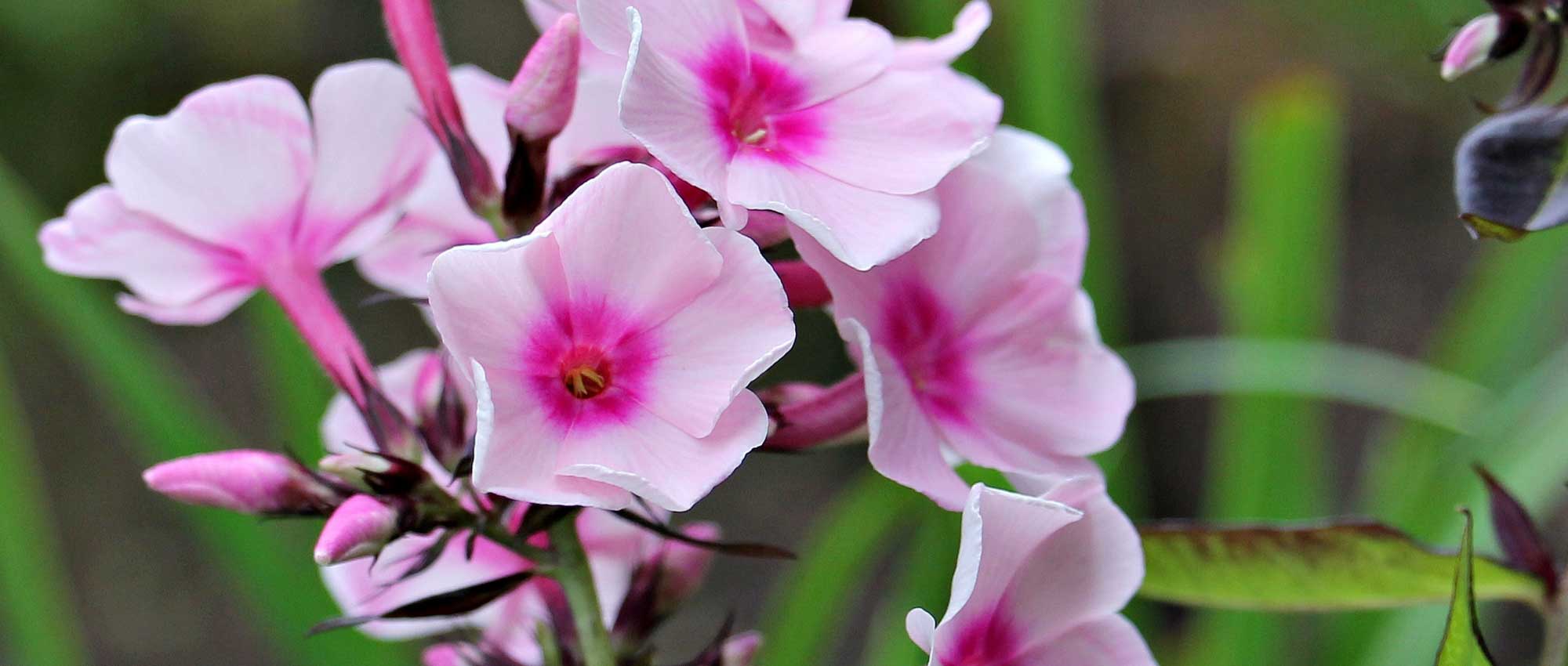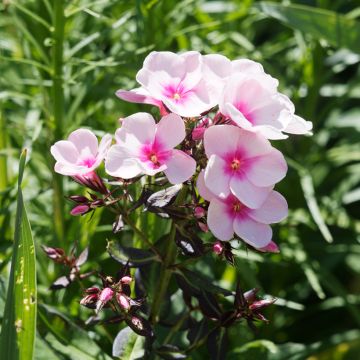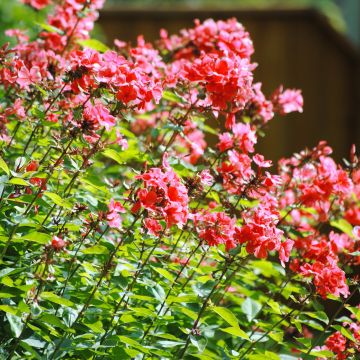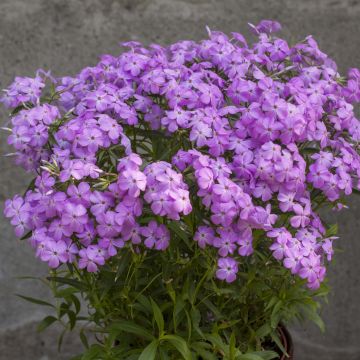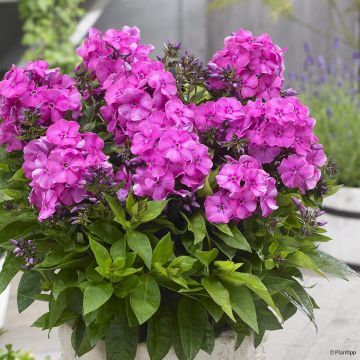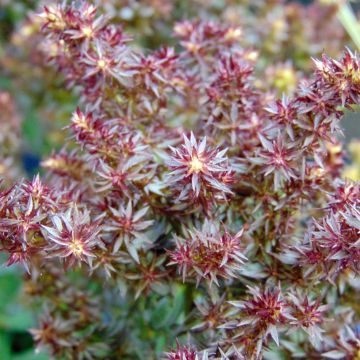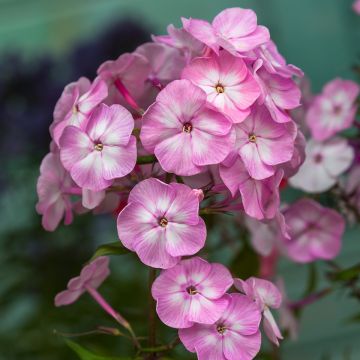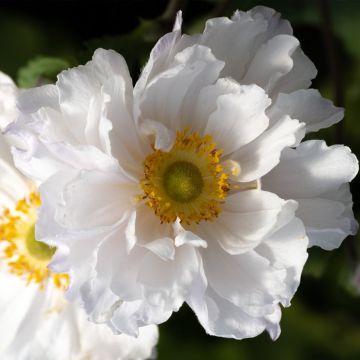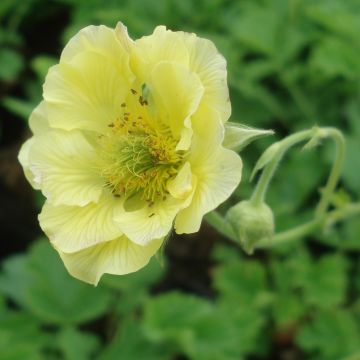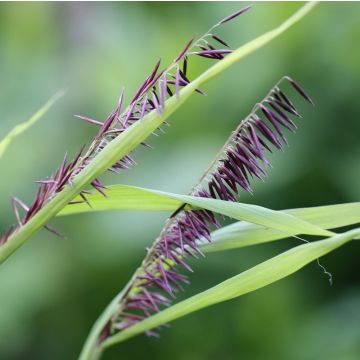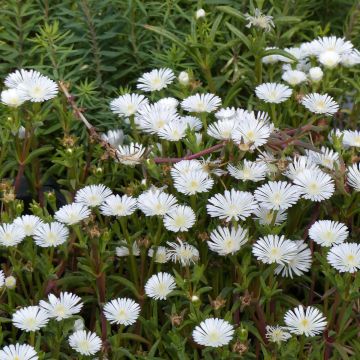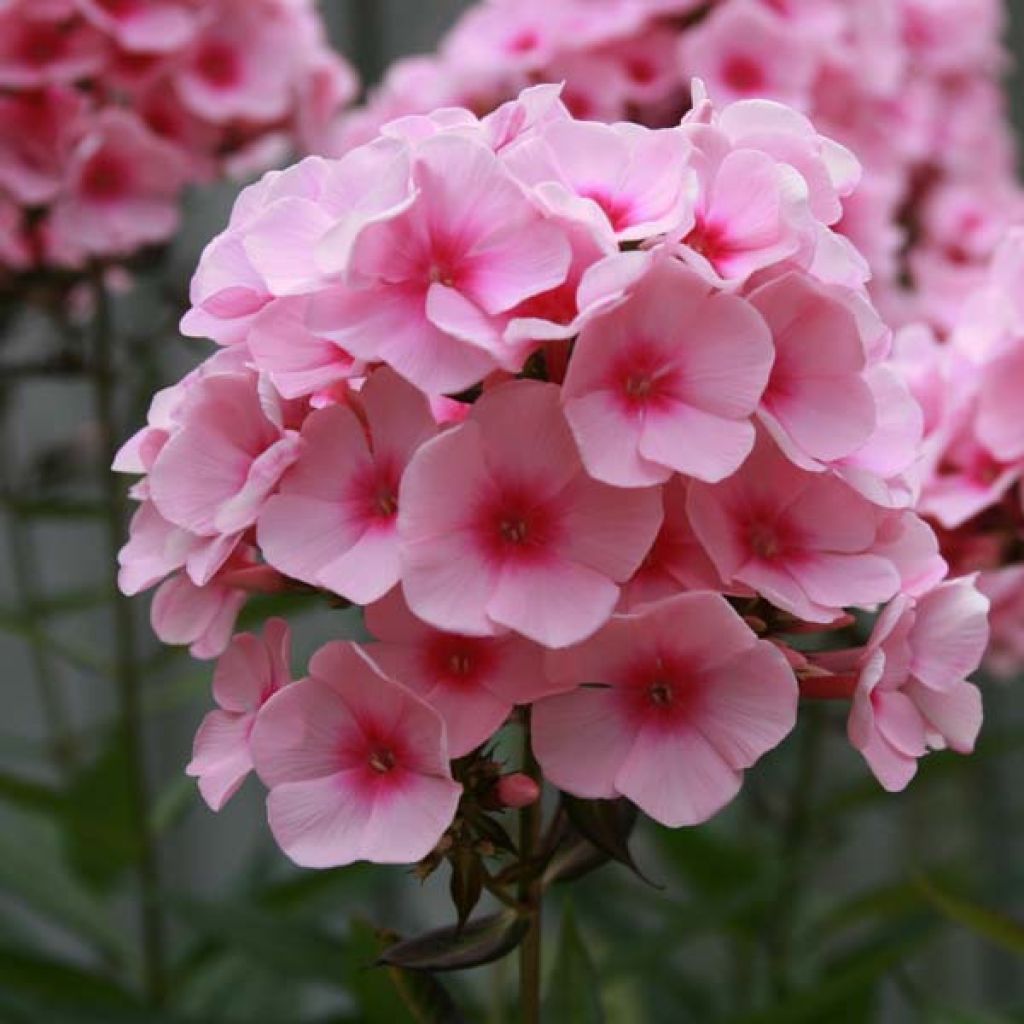

Phlox paniculata Rosa Pastel
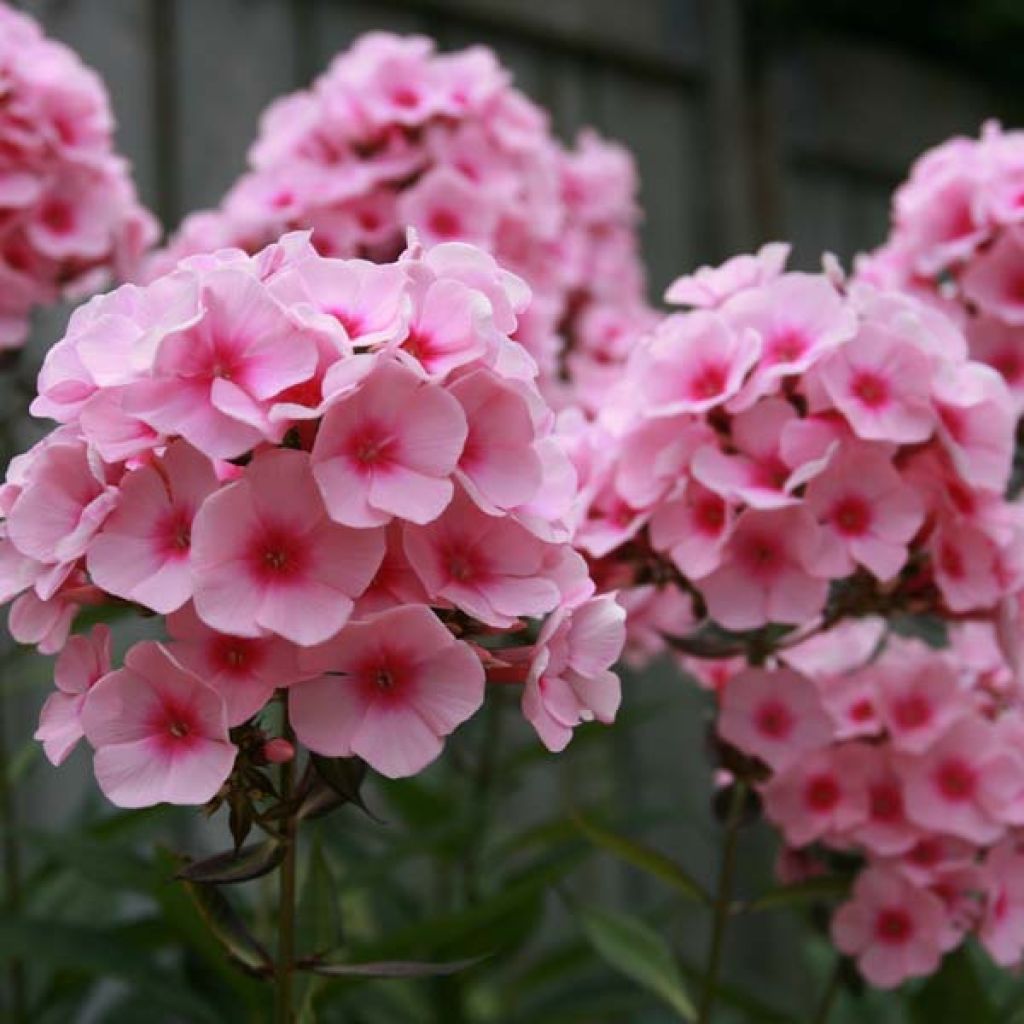

Phlox paniculata Rosa Pastel
Phlox paniculata Rosa Pastel
Phlox paniculata Rosa Pastel
Garden Phlox, Summer Phlox, Perennial Phlox
Phlox arrived well packaged. But they seem to be diseased (rust spots and some yellow leaves).
Linda, 18/05/2024
Special offer!
Receive a €20 voucher for any order over €90 (excluding delivery costs, credit notes, and plastic-free options)!
1- Add your favorite plants to your cart.
2- Once you have reached €90, confirm your order (you can even choose the delivery date!).
3- As soon as your order is shipped, you will receive an email containing your voucher code, valid for 3 months (90 days).
Your voucher is unique and can only be used once, for any order with a minimum value of €20, excluding delivery costs.
Can be combined with other current offers, non-divisible and non-refundable.
Home or relay delivery (depending on size and destination)
Schedule delivery date,
and select date in basket
This plant carries a 12 months recovery warranty
More information
We guarantee the quality of our plants for a full growing cycle, and will replace at our expense any plant that fails to recover under normal climatic and planting conditions.


Would this plant suit my garden?
Set up your Plantfit profile →
Description
Phlox paniculata 'Flora Pastel' is a perennial of medium size, resistant to powdery mildew. Its beautiful panicles, which bloom from July to August attracting pollinators, bring a lot of charm to summer flowerbeds. They are studded with multiple small flowers in a pale pink and highlighted by some touches of dark pink around the eye. Magnificent in bouquets, they will also perfume your interior.
Phlox paniculata is essential in all cottage or romantic-style gardens. Their bushy habit is perfect for mixed borders and their size allows them to be planted at different levels. Their flowering is abundant, colourful, fragrant, and they attract insects that are very fond of them. Don't hesitate to plant them in large numbers, they will allow you to create lush and long-lasting bouquets. They appreciate damp, well-drained and rather rich soils. Their flowering is more spectacular in the sun, but they also thrive in partial shade. They are hardy and can withstand temperatures below -15°C (5°F). To enjoy a long flowering period, don't hesitate to remove faded flowers as they appear.
This vigorous herbaceous perennial, originating from the United States, has upright stems that reach up to 75 cm (30in). They bear large panicles, 10-15 cm (4-6in), made up of multiple small flowers measuring 2 to 3 cm (1in) in diameter. Their corolla, tubular at the base, abruptly opens into five lobes and takes the shape of a cup. 'Rosa Pastel', as its name suggests, has particularly soft hues. Its light pink flowers are decorated with touches of magenta around the eye. These light shades stand out perfectly against the medium green foliage, composed of deciduous, lanceolate, and alternate leaves arranged regularly along the stems.
Thanks to its resistance to powdery mildew, 'Rosa Pastel' is a phlox that is easy to grow in the garden. Its relatively compact size allows it to be placed in the centre of small flowerbeds and in intermediate positions for larger spaces. It can be surrounded by campanulas, grasses, and bordered by perennial geraniums, creating a slightly wild and pastel display. You can plant them in the company of wild rose-flowered roses, and it will mingle with other Phlox, Yarrows, Meadow-rues, to create a beautiful display.
Phlox paniculata Rosa Pastel in pictures
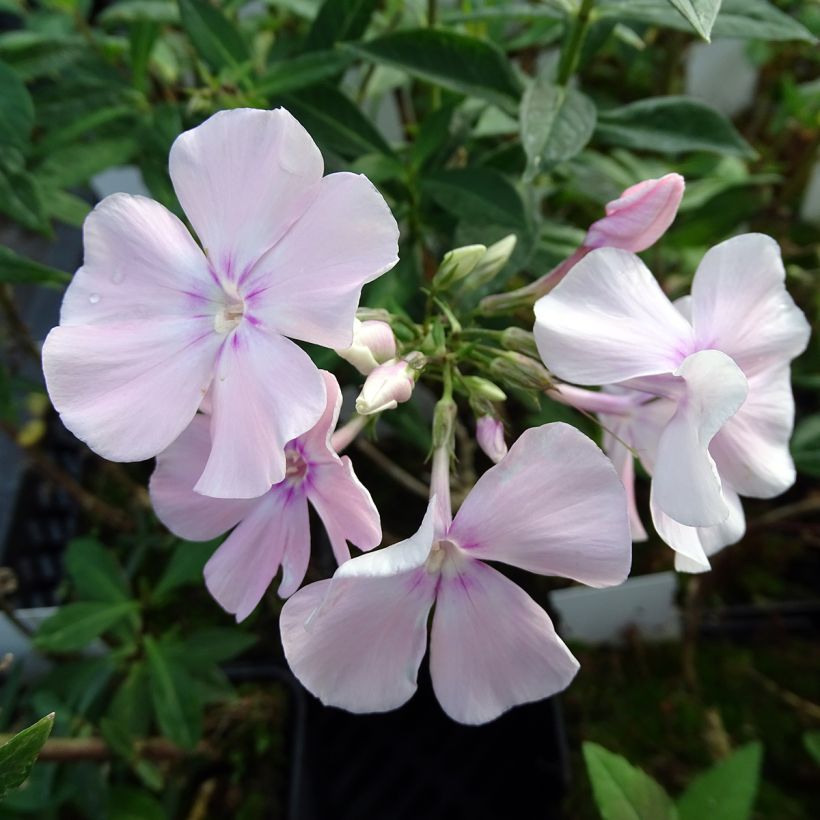

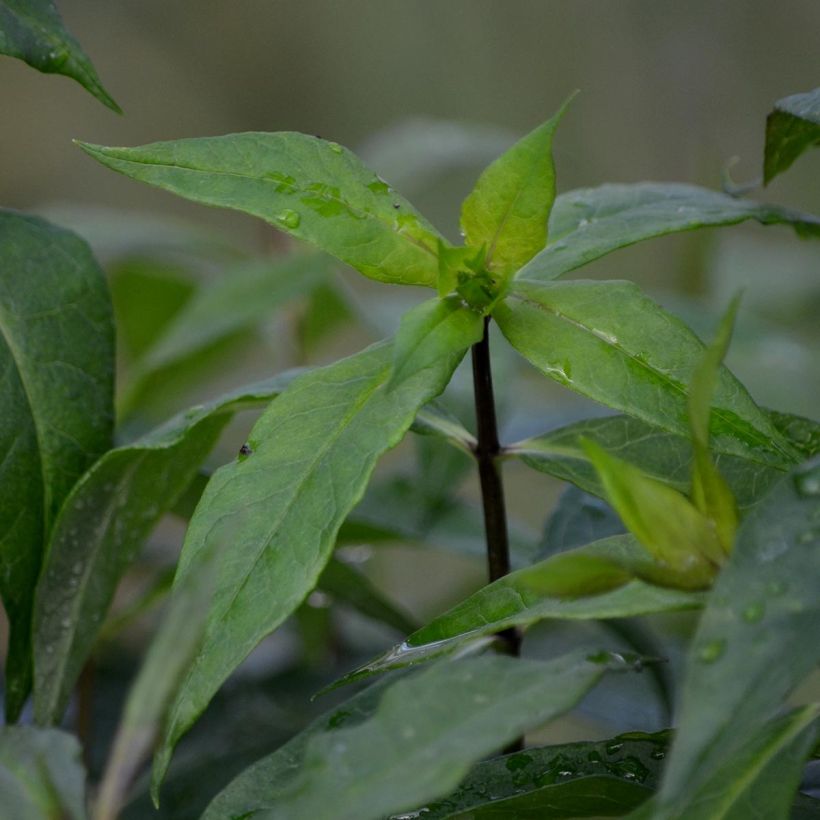

Flowering
Foliage
Plant habit
Botanical data
Phlox
paniculata
Rosa Pastel
Polemoniaceae
Garden Phlox, Summer Phlox, Perennial Phlox
Cultivar or hybrid
Other Phlox
View all →Planting and care
Phlox paniculata are easy to grow plants. 'Rosa Pastel' will prefer a damp and rich soil, even clay which is well drained. If your summers are hot and dry, monitor watering during the first year or mulch the base to protect it. This phlox can be planted in spring or autumn in a sunny location, but it also tolerates light shade. Watch out for slugs in spring when vegetation starts and remove faded flowers during the season. You can divide the stump every 3-4 years depending on its growth.
Planting period
Intended location
Care
Planting & care advice
-
, onOrder confirmed
Reply from on Promesse de fleurs
Similar products
Haven't found what you were looking for?
Hardiness is the lowest winter temperature a plant can endure without suffering serious damage or even dying. However, hardiness is affected by location (a sheltered area, such as a patio), protection (winter cover) and soil type (hardiness is improved by well-drained soil).

Photo Sharing Terms & Conditions
In order to encourage gardeners to interact and share their experiences, Promesse de fleurs offers various media enabling content to be uploaded onto its Site - in particular via the ‘Photo sharing’ module.
The User agrees to refrain from:
- Posting any content that is illegal, prejudicial, insulting, racist, inciteful to hatred, revisionist, contrary to public decency, that infringes on privacy or on the privacy rights of third parties, in particular the publicity rights of persons and goods, intellectual property rights, or the right to privacy.
- Submitting content on behalf of a third party;
- Impersonate the identity of a third party and/or publish any personal information about a third party;
In general, the User undertakes to refrain from any unethical behaviour.
All Content (in particular text, comments, files, images, photos, videos, creative works, etc.), which may be subject to property or intellectual property rights, image or other private rights, shall remain the property of the User, subject to the limited rights granted by the terms of the licence granted by Promesse de fleurs as stated below. Users are at liberty to publish or not to publish such Content on the Site, notably via the ‘Photo Sharing’ facility, and accept that this Content shall be made public and freely accessible, notably on the Internet.
Users further acknowledge, undertake to have ,and guarantee that they hold all necessary rights and permissions to publish such material on the Site, in particular with regard to the legislation in force pertaining to any privacy, property, intellectual property, image, or contractual rights, or rights of any other nature. By publishing such Content on the Site, Users acknowledge accepting full liability as publishers of the Content within the meaning of the law, and grant Promesse de fleurs, free of charge, an inclusive, worldwide licence for the said Content for the entire duration of its publication, including all reproduction, representation, up/downloading, displaying, performing, transmission, and storage rights.
Users also grant permission for their name to be linked to the Content and accept that this link may not always be made available.
By engaging in posting material, Users consent to their Content becoming automatically accessible on the Internet, in particular on other sites and/or blogs and/or web pages of the Promesse de fleurs site, including in particular social pages and the Promesse de fleurs catalogue.
Users may secure the removal of entrusted content free of charge by issuing a simple request via our contact form.
The flowering period indicated on our website applies to countries and regions located in USDA zone 8 (France, the United Kingdom, Ireland, the Netherlands, etc.)
It will vary according to where you live:
- In zones 9 to 10 (Italy, Spain, Greece, etc.), flowering will occur about 2 to 4 weeks earlier.
- In zones 6 to 7 (Germany, Poland, Slovenia, and lower mountainous regions), flowering will be delayed by 2 to 3 weeks.
- In zone 5 (Central Europe, Scandinavia), blooming will be delayed by 3 to 5 weeks.
In temperate climates, pruning of spring-flowering shrubs (forsythia, spireas, etc.) should be done just after flowering.
Pruning of summer-flowering shrubs (Indian Lilac, Perovskia, etc.) can be done in winter or spring.
In cold regions as well as with frost-sensitive plants, avoid pruning too early when severe frosts may still occur.
The planting period indicated on our website applies to countries and regions located in USDA zone 8 (France, United Kingdom, Ireland, Netherlands).
It will vary according to where you live:
- In Mediterranean zones (Marseille, Madrid, Milan, etc.), autumn and winter are the best planting periods.
- In continental zones (Strasbourg, Munich, Vienna, etc.), delay planting by 2 to 3 weeks in spring and bring it forward by 2 to 4 weeks in autumn.
- In mountainous regions (the Alps, Pyrenees, Carpathians, etc.), it is best to plant in late spring (May-June) or late summer (August-September).
The harvesting period indicated on our website applies to countries and regions in USDA zone 8 (France, England, Ireland, the Netherlands).
In colder areas (Scandinavia, Poland, Austria...) fruit and vegetable harvests are likely to be delayed by 3-4 weeks.
In warmer areas (Italy, Spain, Greece, etc.), harvesting will probably take place earlier, depending on weather conditions.
The sowing periods indicated on our website apply to countries and regions within USDA Zone 8 (France, UK, Ireland, Netherlands).
In colder areas (Scandinavia, Poland, Austria...), delay any outdoor sowing by 3-4 weeks, or sow under glass.
In warmer climes (Italy, Spain, Greece, etc.), bring outdoor sowing forward by a few weeks.






























